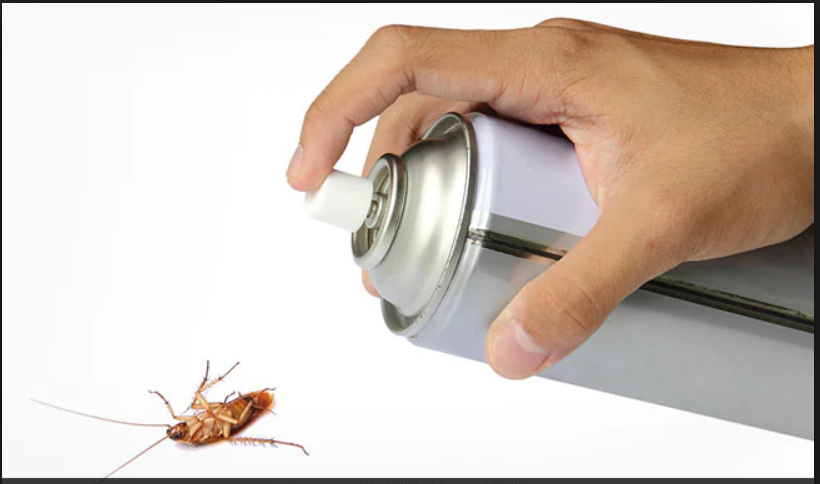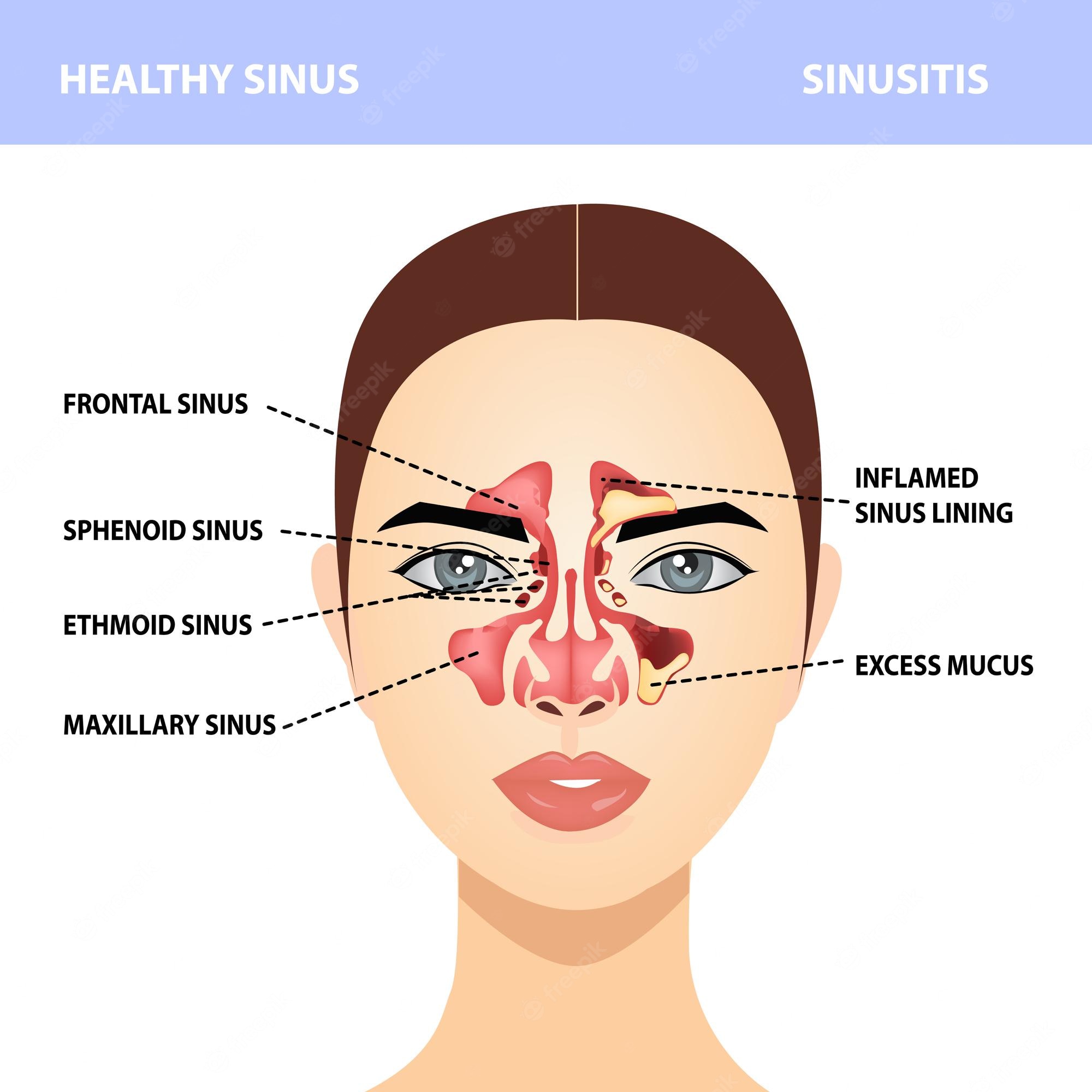Bumps On Gums
Gum disease, also known as periodontal disease or periodontitis, is an infection of the gums and supporting tissues of the teeth. It’s not a single condition but a collection of different inflammatory diseases that have one thing in common: they can lead to bone loss and may also put you at risk for other oral diseases. In its early stages, gum disease often has no symptoms, which means it’s important to have regular check-ups with your dentist.
If you identify with any of these six signs of gingivitis, don’t fret. It’s completely natural for oral hygiene to become lax from time to time—many people experience these things from time to time due to stressors such as diet, lifestyle, or hormonal changes. Here are some tips on how you can stop gingivitis before it gets out of hand.
Your gums bleed when you brush
This is one of the clearest signs of gum disease, so don’t brush it off as normal. Bleeding gums are a sign that your gums are inflamed, so you may have gum disease — especially if you have other symptoms such as receding gums, pockets between the teeth, and bad breath. It’s possible to have healthy gums but still have some bleeding when you brush. This is normal for people who have a thin layer of gum tissue and sensitive teeth. The best way to prevent this is to brush with a soft-bristled toothbrush and use a non-alcoholic mouthwash.
You have plaque or tartar buildup.
Plaque is a sticky, colorless film that forms on your teeth when bacteria in your mouth mix with food, saliva, and other oral germs. Although plaque doesn’t cause you any discomfort, if you don’t remove it daily, it can harden into tartar. This can irritate or inflame the gums, contributing to the onset of gingivitis.
Gum disease isn’t just about bacteria — it’s also about how well you’re brushing and flossing. The best way to prevent plaque and tartar buildup is to use a soft-bristled toothbrush, dental floss, and mouthwash. Select a soft-bristled toothbrush with a small head and replace your toothbrush every three months. Use dental floss once a day to remove plaque between your teeth and select a mouthwash with fluoride.
Your gums are puffy or swollen.
If you have puffy or swollen gums, there’s a good chance you have gum disease. In its early stages, gum disease is often asymptomatic and only detectable through routine dental examinations. As it progresses, the gums become puffy, red, and sensitive — they may also bleed when you brush. Along with gingivitis, excess gum tissue may also be trapped between your teeth.
Gum disease often occurs when bacteria build up between your teeth and gums, causing the gums to become red, swollen, and painful. The best way to prevent this is to brush your teeth and floss at least once a day. It’s also important to visit the dentist for regular check-ups, particularly if you’re at risk of gum disease.
You feel painful pressure when brushing.
If you feel an intense sensation when brushing your teeth, something may be wrong. Along with gum disease, you may also have periodontitis. This occurs when the gums and the tissues surrounding your teeth die off, leading to a loss of support for your teeth. If you have periodontitis, you’ll notice that brushing your teeth is painful — it’s almost as if the bristles are pressing against soft tissue.
This is because the protective gums have become thin, inflamed, and sensitive. Additionally, you may also notice a bad smell coming from your mouth. The bacteria in your mouth convert food remnants into sulfur compounds, which stink. Gum disease is a serious condition that can lead to tooth loss. If you think you have this condition, see a dentist as soon as possible for treatment.
Your teeth feel loose
If one or more of your teeth feel loose, you may have gum disease or another oral disease. Gum disease often leads to the loss of bone structure that supports the teeth, and this can cause teeth to shift and become loose. Your teeth may also feel loose if you have a severe case of gingivitis, or if you have untreated periodontitis and the bone has receded away from the teeth.
Brushing and flossing are essential if you want to prevent gum disease, and dental examinations are important if you want to catch the condition early. Gum disease is a real problem, and if it’s not treated properly, it can lead to tooth loss. It’s important to visit your dentist if you have any of the symptoms of gum disease and to brush your teeth twice a day, floss regularly, and use mouthwash.
Bumps on your gum line
Bumps on your gum line, known as gingival hyperplasia, are signs of gum disease. If your gums are inflamed due to gingivitis, they will likely swell and become puffy, and this is likely to be accompanied by a build-up of plaque and tartar. Over time, the plaque and tartar are likely to harden and form small white bumps on your gums.
Gingival hyperplasia is a sign that you have a bacterial infection in your gums, so it’s best to see a dentist as soon as you notice the changes. Gum disease often has no symptoms, so it’s important to visit the dentist for regular check-ups. Your dentist can help you to prevent gum disease, and they can also treat it as soon as it develops.









